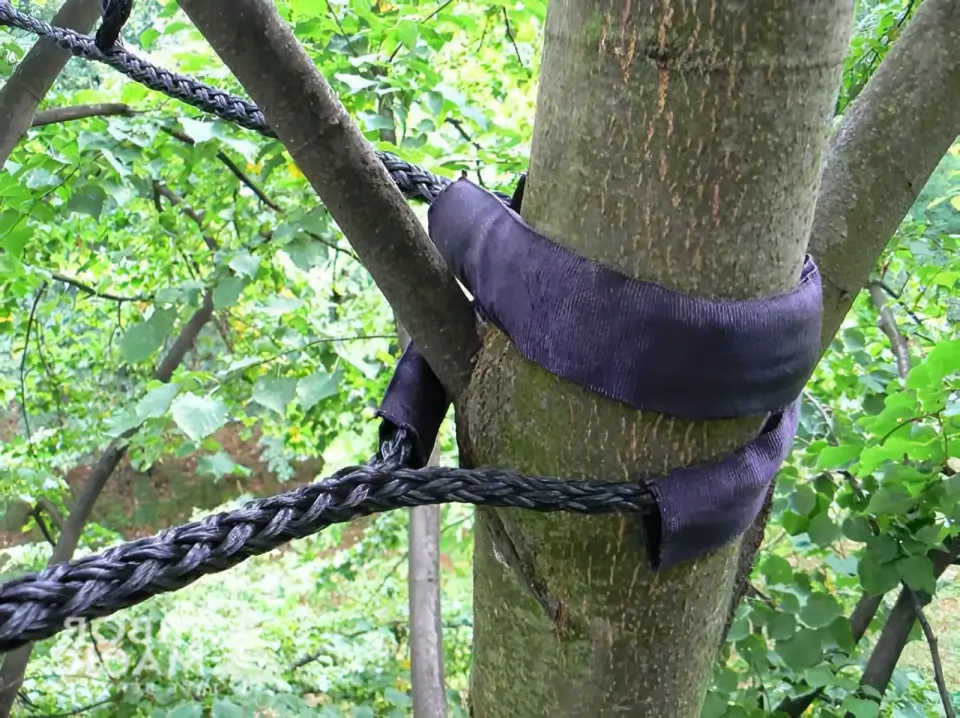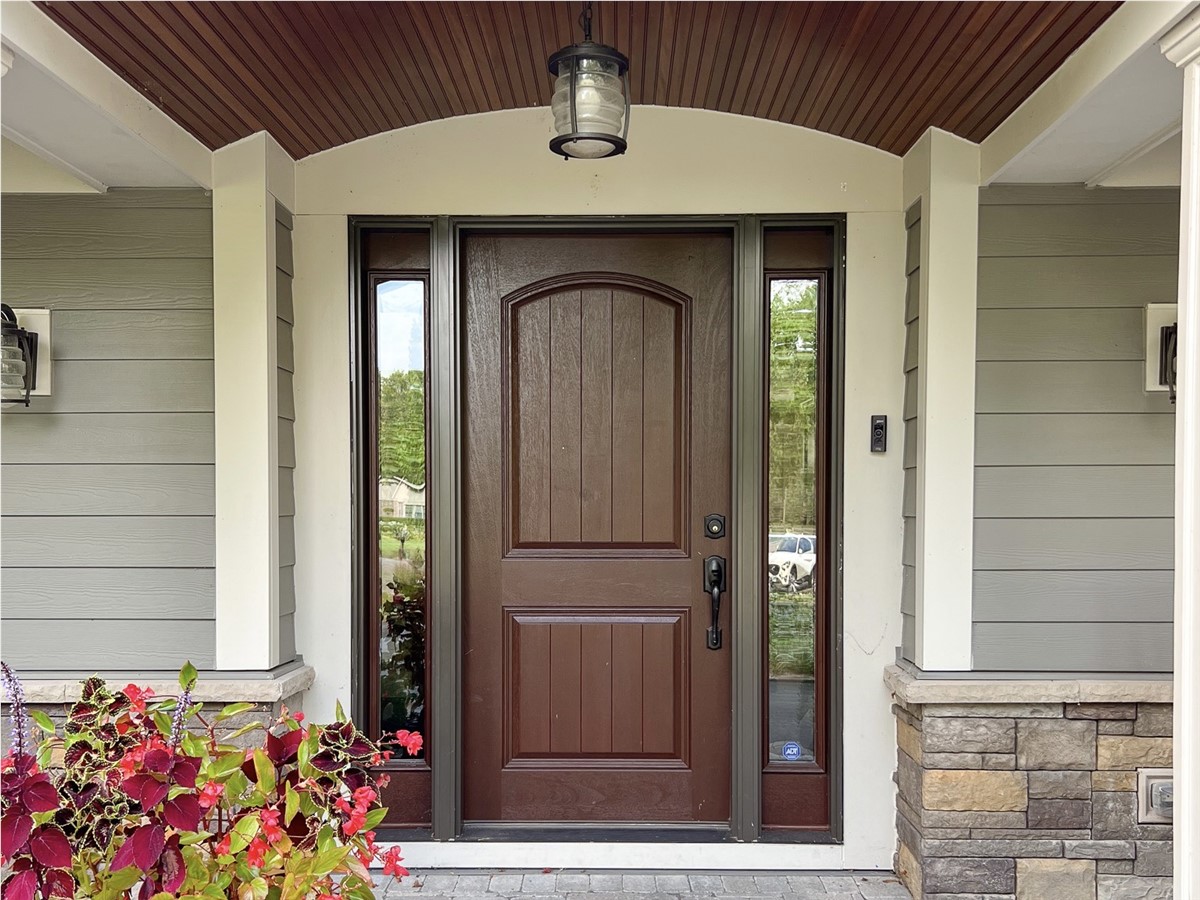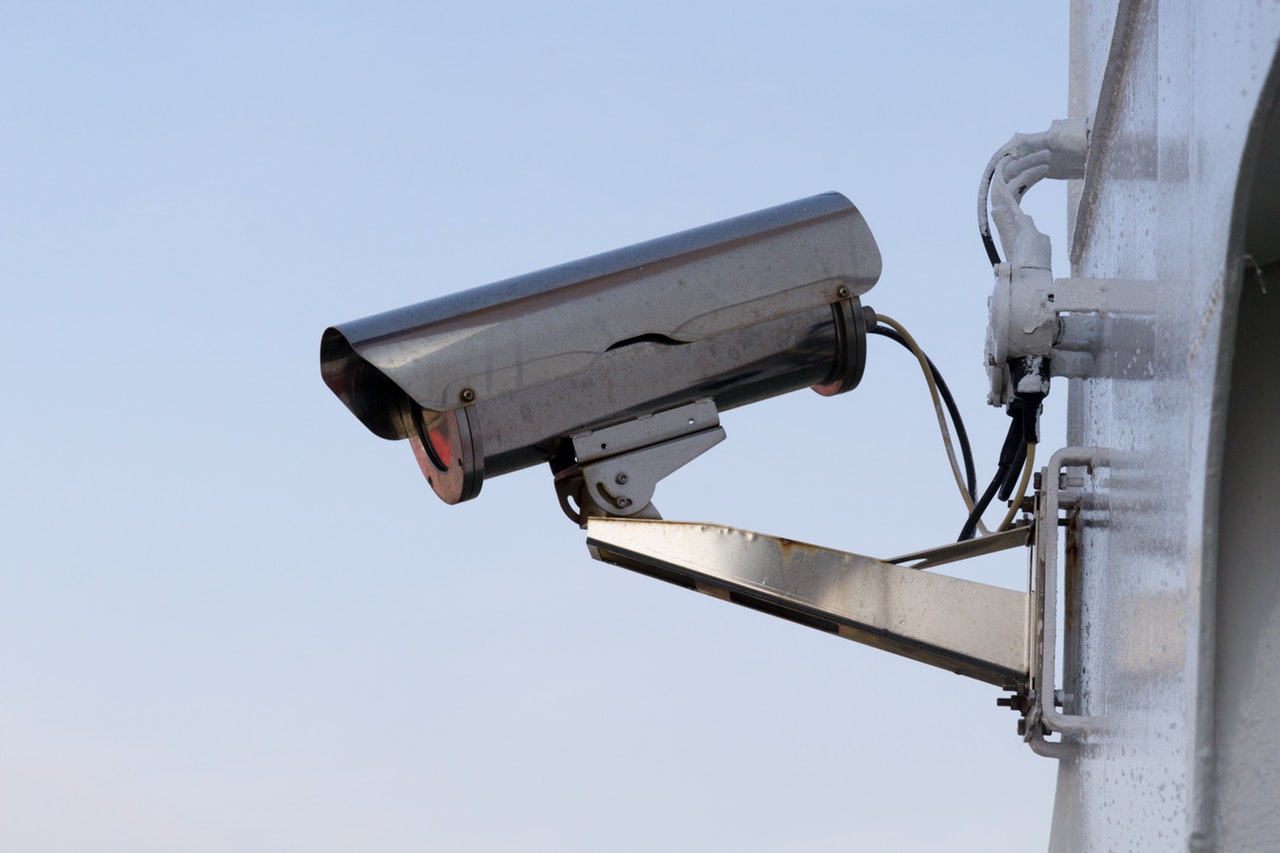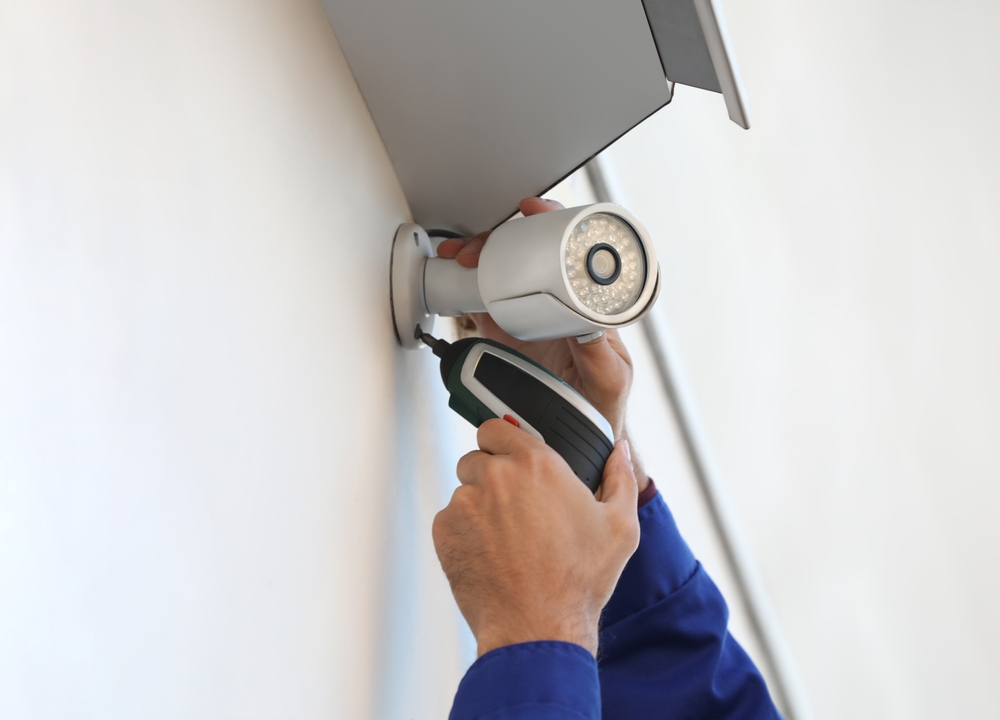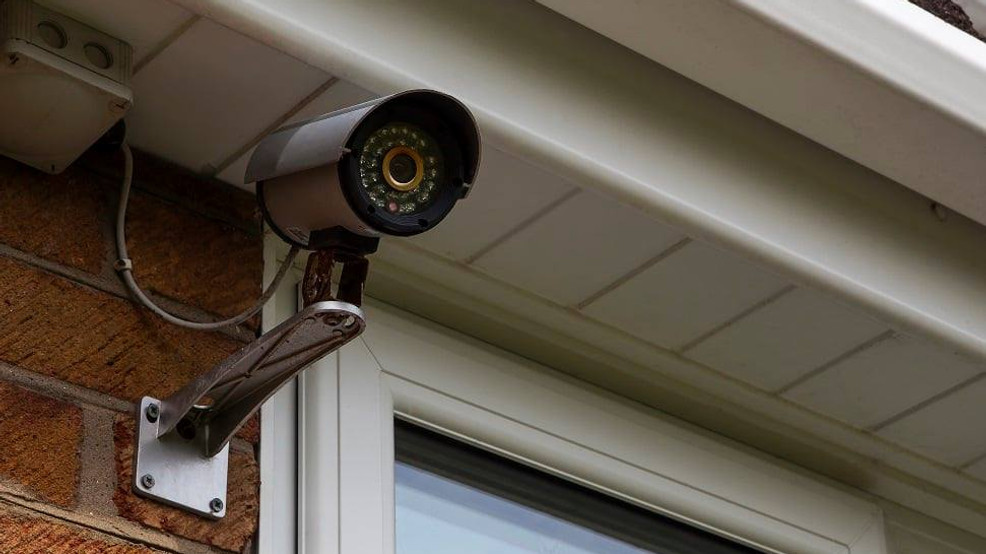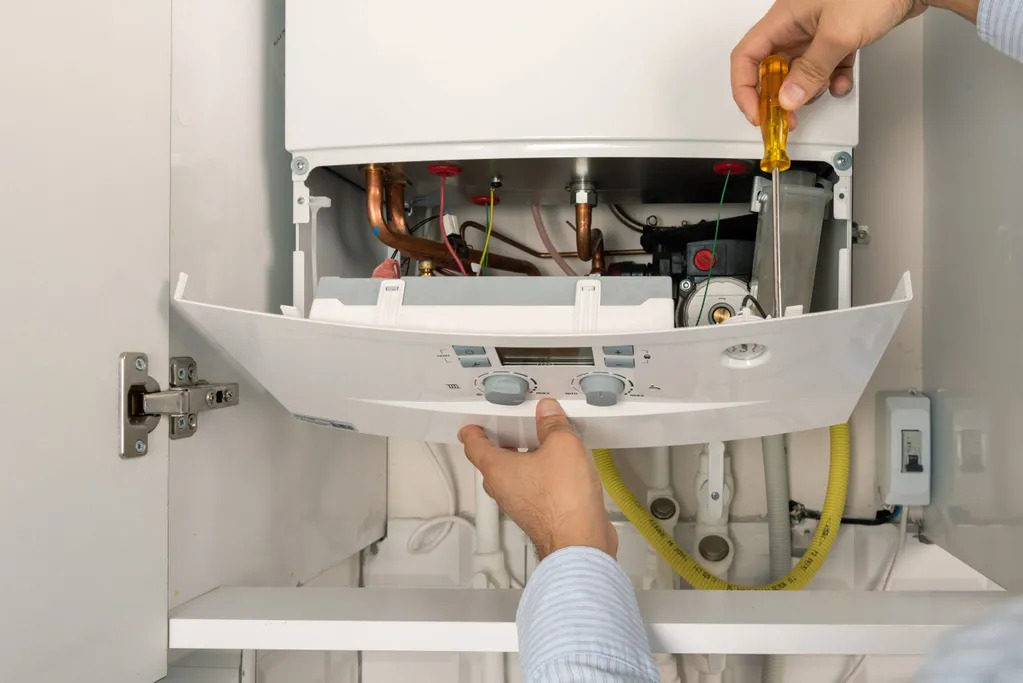Maintaining the health and stability of trees is essential for ensuring the safety and longevity of your landscape. While many homeowners and property managers focus on regular trimming, watering, and pest control, another crucial aspect of tree care is cabling and bracing. These techniques, when performed correctly, can provide significant benefits to both the tree and the surrounding environment. In this article, we’ll explore the top benefits of tree cabling and bracing, shedding light on how these methods can contribute to the overall health, safety, and appearance of your trees.
What is Tree Cabling and Bracing?
Before diving into the specific advantages, it’s important to understand what tree cabling and bracing entail. Tree cabling involves installing flexible cables between different parts of a tree’s structure to support weakened or damaged limbs. These cables help redistribute weight and reduce stress on vulnerable branches, improving the tree’s structural integrity.
Tree bracing, on the other hand, uses rigid braces or rods to provide additional support to specific branches or the trunk of the tree. This is particularly useful for trees with structural issues such as leaning, split trunks, or weakened crotches. Bracing helps to stabilize these areas and prevent further damage or failure.
When combined, cabling and bracing can help reinforce the tree’s natural growth and reduce the risk of failure due to environmental stressors like high winds or heavy snow. Below are the key benefits of these tree care techniques.
1. Improved Tree Stability
One of the primary benefits of tree cabling and bracing is improved stability. Trees are constantly subjected to various environmental forces, such as wind, rain, and snow. When a tree’s structure is compromised, it can become unstable and prone to failure, posing a safety risk to nearby property and people. By strategically installing cables and braces, you can enhance the tree’s structural integrity and help it withstand harsh weather conditions.
This is particularly important for trees with large or heavy limbs that may be at risk of breaking or falling. The added support helps to reduce the risk of limbs snapping off, especially during storms or high winds, which could otherwise result in damage to property, vehicles, or even injury.
2. Preservation of Mature or Valuable Trees
Mature trees are often considered valuable assets in landscapes, not only for their aesthetic appeal but also for their ecological contributions. However, these trees can be more susceptible to structural issues as they age. Cabling and bracing offer a way to preserve these trees by reinforcing weak points without the need for removal.
By stabilizing a tree with cabling and bracing, you can extend its life and prevent it from having to be taken down prematurely. This preservation is especially important for rare or historically significant trees that hold sentimental or ecological value. Additionally, mature trees that are part of a well-established landscape can be a major selling point for property owners, making their preservation a priority.
3. Reduced Risk of Damage
Trees that are left unsupported in areas with frequent storms or unpredictable weather can become a hazard, not only to the tree itself but also to surrounding property and structures. Branches or entire trees can fall, causing significant damage to homes, fences, and power lines. Tree cabling and bracing help to mitigate this risk by providing additional support to the tree’s weaker areas.
When a tree is properly cabled and braced, it becomes more resilient against environmental stressors. The cables and braces distribute the weight evenly across the tree’s structure, preventing the growth of dangerous cracks or splits that could lead to failure. This helps protect both the tree and the property it surrounds, reducing the likelihood of costly repairs or accidents.
4. Enhanced Aesthetic Appeal
Another less obvious but equally valuable benefit of tree cabling and bracing is the potential for enhancing the tree’s aesthetic appeal. Trees with weak or leaning branches may appear unsightly, particularly in formal landscapes or areas where trees are a focal point. Cabling and bracing can help correct structural imbalances, allowing the tree to grow more evenly and symmetrically.
This can significantly improve the overall appearance of the tree, making it more attractive and better integrated into the surrounding landscape. For ornamental trees, fruit-bearing trees, or those used in landscape design, maintaining a well-shaped and stable tree is crucial for the aesthetic cohesion of the entire space.
5. Prevention of Further Damage
In addition to improving stability, cabling and bracing can prevent further damage to a tree. Trees that have already suffered from structural damage due to storms, pests, or disease may be at risk of worsening conditions if not properly supported. Without the necessary support, these trees may experience more severe breakage, leading to permanent damage or even death.
By applying cabling and bracing techniques at the right time, you can halt the progression of damage and allow the tree to heal or recover. This is particularly beneficial for trees with partial trunk splits, limbs that are sagging, or branches that are at risk of being torn off in strong winds. By providing the support they need, you can help the tree maintain its structural integrity while giving it time to recover.
6. Cost-Effective Tree Care
While cabling and bracing do require an upfront investment, they can ultimately save you money in the long term by extending the life of your tree and preventing costly damage. Tree removal can be expensive, especially for mature trees, and the costs associated with repairing property damage from falling branches or trees can quickly add up. In many cases, investing in cabling and bracing can help avoid these expensive consequences by reinforcing the tree and preventing failure.
Additionally, by preventing the need for removal, cabling and bracing allow you to keep your trees in place, maintaining the ecological and aesthetic value they provide to your property.
7. Increased Safety
Safety is a top priority when it comes to tree care. Trees that are structurally compromised pose a significant hazard to people, vehicles, and buildings. Cabling and bracing play a vital role in reducing these risks by stabilizing the tree and preventing branches from falling unexpectedly. This added safety measure can give homeowners peace of mind, especially in areas prone to severe weather events.
By reinforcing weak points and preventing dangerous movements, tree cabling and bracing ensure that your trees remain stable and safe for everyone in the vicinity.
Conclusion
Tree cabling and bracing offer a wide range of benefits that can enhance the health, safety, and aesthetic appeal of your landscape. From improving stability and preserving valuable trees to reducing the risk of damage and ensuring safety, these techniques play a critical role in tree care. If you have a tree that is in need of structural support, consulting with a professional arborist to determine if cabling and bracing are the right solutions is an important step in maintaining a healthy and thriving landscape.

